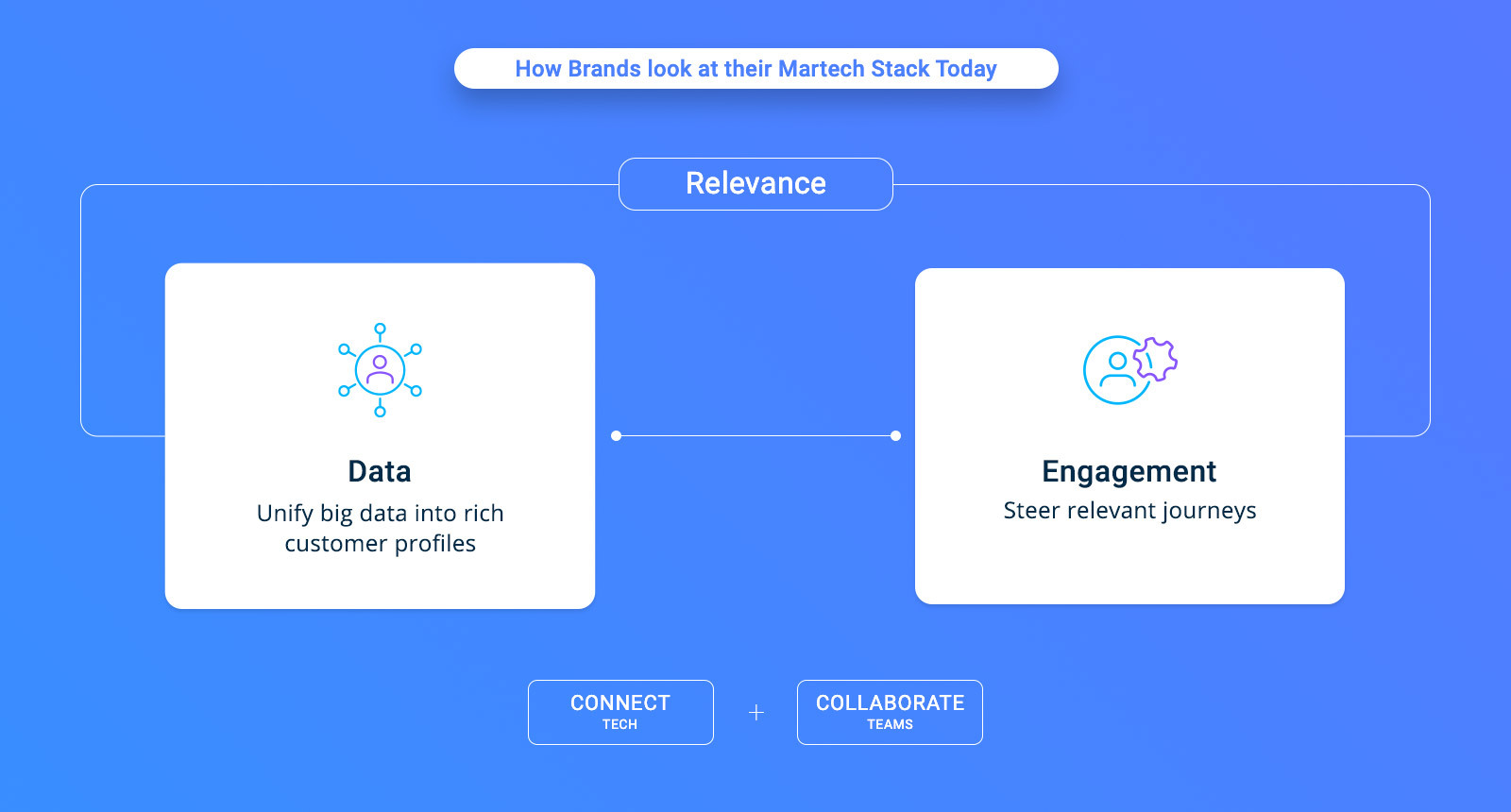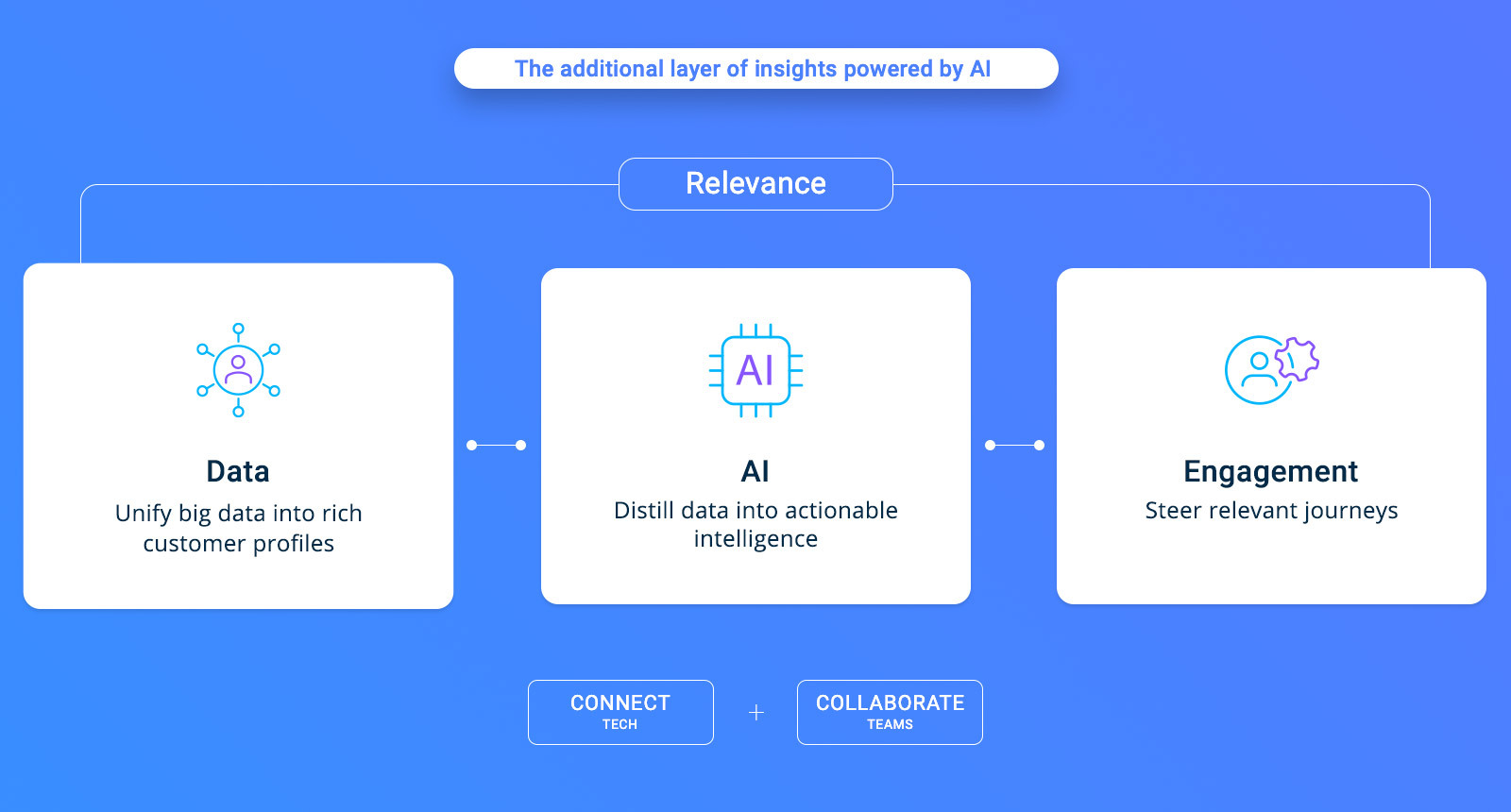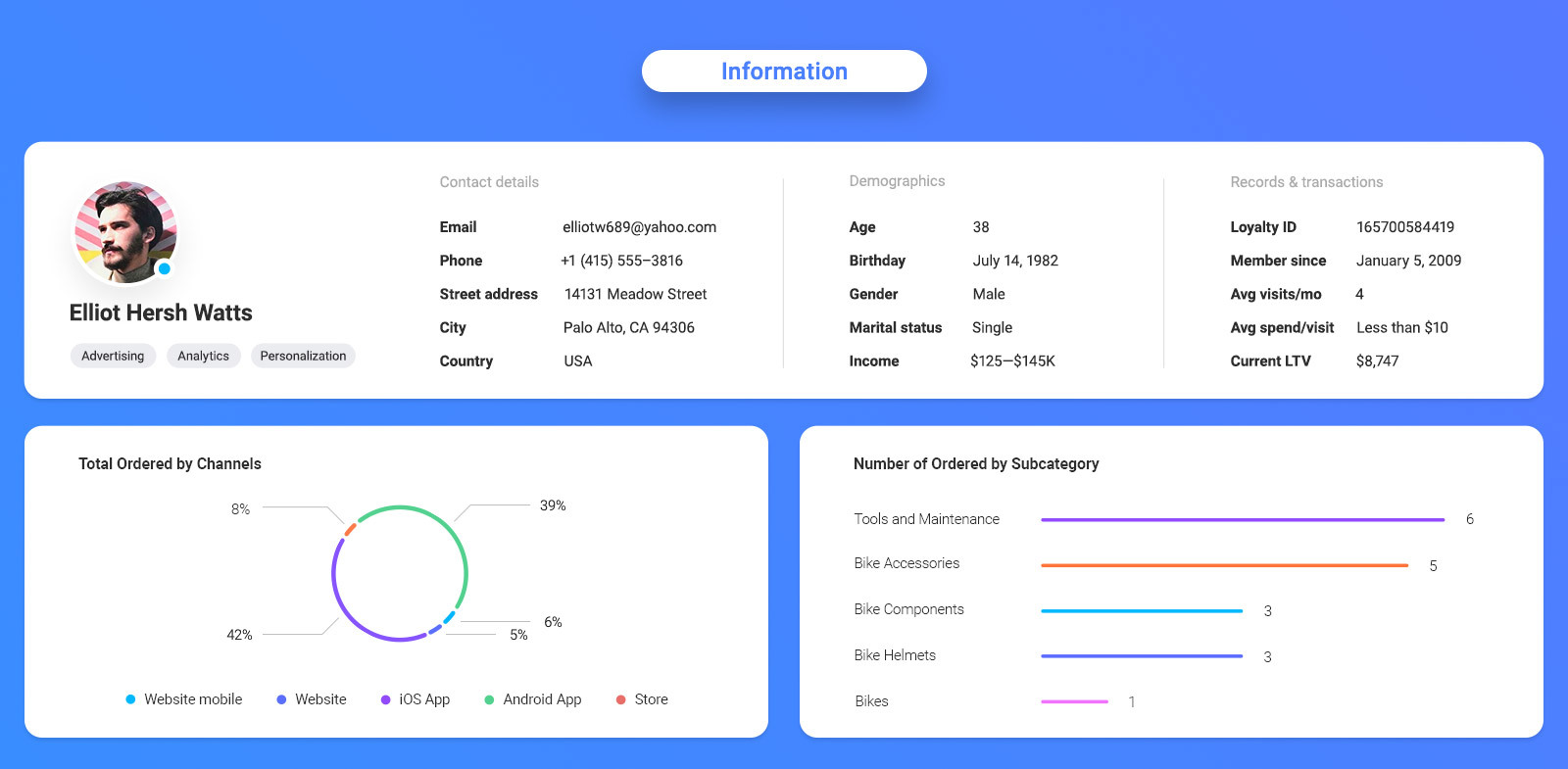Powering Customer Experience Management (CXM) through CDP Insights & Analytics
Last updated May 24, 2021
In recent years, organizations have simultaneously adopted a mantra of customer centricity while moving commerce to digital channels. This combination of factors has transformed the field of Customer Experience Management (CXM), (sometimes called CEM) even though for consumers, the customer experience is still one of the most important factors when choosing brands and staying loyal to them.
Retailers and brands that want to keep winning loyalty need to double down and improve their Customer Experience Management (CXM) in order to thrive.
What is CXM?
Here’s how Gartner defines CXM, “Customer experience management (CXM) is the discipline of understanding customers and deploying strategic plans that enable cross functional efforts and customer-centric culture to improve satisfaction, loyalty, and advocacy.”
Gartner does a great job of defining the broad goal of customer experience management this way. However, an understated part of that sentence is “understanding customers.”
What Does ‘Understanding Customers’ Really Mean?
Most brands struggle mightily to understand and connect with their current and potential customers and therefore customer experience is sub-optimal. There are various reasons for this—marketing organizations and consequently the data they collect is siloed and channel focused, customer interactions are disjointed and overlapping, and more.
In this article, I want to focus on a key element of “understanding customers” that is quite often overlooked—the AI-powered insights from Treasure Data’s CDP.


The most important thing to remember? Collecting customer information in channels is not enough. That’s because any cross-channel or cross-functional efforts toward improving customer experience are doomed to failure without insights and analytics. Unifying that information with a CDP is a great first step in understanding your customer.
CDP-driven Insights and Data Analytics are Critical
Let’s dive deeper into why insights and data analytics are so important to customer experience management. Let’s say that you are the marketing director of Treasure Bikes, a manufacturer and retailer of bikes and bike accessories. You have your own stores, plus an ecommerce presence (treasurebikes.com) to sell your products. Your marketing organization has invested in a CDP, which is connected to your web property, your mobile app, your point-of-sale system and your advertising and email channels.
This is what your single customer view looks like at this point in time:

The CDP unifies your profiles, removes duplicates, and creates a powerful unified view of your customers, so you can connect with your consumers effectively across channels.
This is all great—and a really important first step. However, your next move is crucial. Marketers want to be prescriptive with their strategies, not reactive. For Treasure Bikes, this means having real-time analytics powered by AI/ML that will supercharge their customer experience management efforts.
Some of the key components Insights and Analytics include:
- AI/M-based next-best-action methodology, which determines the next best action, including product, channel, and time, for each individual. You can also look at content affinity, to understand the messages that matter to your audience.
- Ability to create propensity scores quickly without dependence on IT (propensity to purchase, churn etc.)
- Out-of-the-box dashboards at the consumer and audience levels, to drive insights to action.
- Automatically derive and assign profile traits, such as quick purchaser, high-LTV consumer, and high ad-exposure, to name a few.
What Should a Single Customer View Look Like?
What your marketers really need is a single customer view (SCV), like the one below:


The CDP adds crucial intelligence to the SCV at all stages in the consumer journey in the form of interest words, buying propensity, interest keywords, predicted LTV, and more. This is the holy grail for marketers—data to intelligence to action!
For Better CX, CDPs Orchestrate Customer Experience Across Silos
Next, you need to orchestrate customer experience across the journey by using the enriched consumer profiles.
For example, the Treasure Data CDP can create an SCV to help identify high-LTV consumers that are currently browsing on your website, and based on current and past browsing behavior, identify that the consumer recently bought a yellow colored mountain bike. The next best recommended product could be a yellow colored mountain helmet, or a similarly themed water flask.
Alternatively, the CDP intuitively understands that while we are personalizing the consumer’s experience in real time on the website, the consumer actually prefers interacting with Treasure Bikes’ content on email. Therefore the next best channel of choice for this consumer is actually sending an email with the products that are most important to them and staying connected with the consumer across channels. The CDP is essentially coordinating and more importantly, accelerating the consumer’s journey. This is very different from the legacy world, where each channel was a silo of its own, with very little data and interactions spanning across channels.
The CDP is a great tool to collect customer centric information across the customer base and to create a unified customer record, but the true value of the CDP is when marketing organizations have deep insights about their customer base through CX analytics at their fingertips that makes every consumer feel like they are the focus of the brand.
For more on how to orchestrate amazing customer experiences and improve the overall customer experience management for your high-value customers, check out www.treasuredata.com.